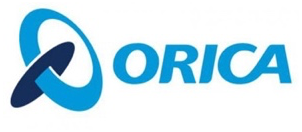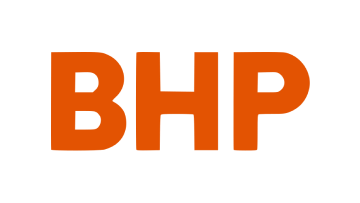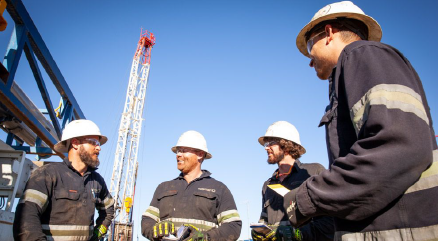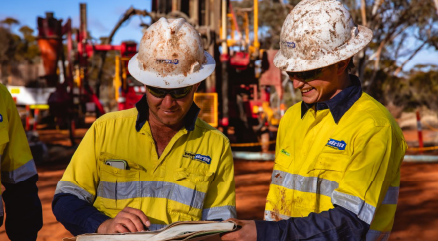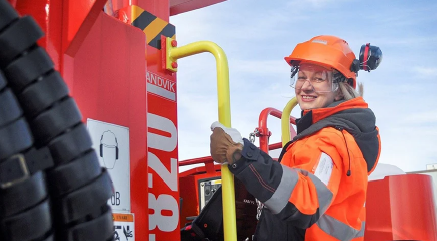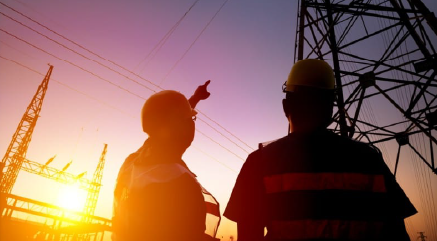Hazard Report Form Template
The Ultimate Template To Manage Workplace Hazards
Use this hazard report form to:
- Record the location and time the hazard was reported
- Use multimedia such as text, images and annotations to describe the hazard
- Analyse severity and determine medical care if an injury occured
- Make a strategy for remedial action to reduce the risk of hazards
- Implement safety controls to avoid accidents
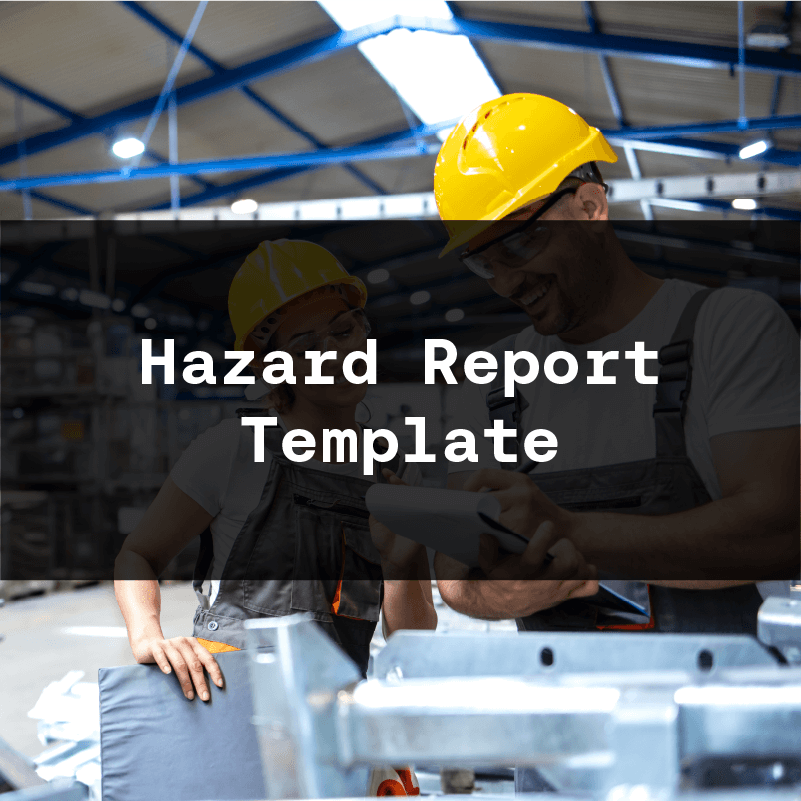
What is a Hazard Report Form?
A Hazard Report Form is a tool used to report and document potential hazards or unsafe conditions in the workplace. It provides a structured format for employees, contractors, or visitors to report any observed or perceived hazards that could potentially cause harm or lead to accidents. Conducting the report captures crucial information about the hazard, such as its location, description, severity, and any associated risks, enabling organisations to take appropriate actions to mitigate or eliminate the identified hazards.
When to use the Hazard Report Form
The Hazard Report Form should be used whenever anyone identifies a hazard or unsafe condition in the workplace. This includes situations where employees encounter potential risks, observe equipment malfunctions, notice environmental hazards, or come across any other unsafe conditions. Prompt reporting of hazards using the form ensures that the organisation can take immediate action to assess and address the identified risks, maintaining a safe working environment for everyone.
How to use a Hazard Report Form
- Access the Form: Ensure that the Hazard Report Form is easily accessible to all employees, contractors, and visitors. It can be made available electronically through the company's intranet or distribute printed copies of the form at key locations throughout the workplace.
- Observe and Identify Hazards: Be vigilant and attentive to potential hazards in the workplace. If you notice any unsafe conditions, risks, or hazards that could pose a threat to health, safety, or the environment, take note of the details and prepare to complete the Hazard Report Form.
- Complete the Form: Fill out accurate and detailed information on the hazard description, location, date, and any relevant supporting information. Include your contact details for follow-up or additional information, if required.
- Submit the Form: Submit the completed copy through the designated reporting channel. This may involve submitting it online through a web form or electronically submitting a scanned copy.
- Follow-up and Action: After submitting the report, the organisation's safety or relevant department will review. They will assess the reported hazard, assign responsibility for investigation or action, and determine appropriate measures to address the identified risks. Follow any additional instructions or communications from the safety team regarding the reported hazard.
FAQs
It depends on the organisation's policy and reporting system. Some organisations offer the option to submit hazard reports anonymously to encourage open reporting without fear of reprisal. However, providing contact details allows for potential follow-up or additional information if needed.
The Hazard Report Form can be used by all individuals within the organisation, including employees, contractors, and visitors. It encourages a proactive approach to reporting hazards, involving everyone in maintaining a safe working environment.
The Hazard Report Form should be used to report any potential hazards or unsafe conditions that could pose risks to health, safety, or the environment. This includes physical hazards, chemical hazards, ergonomic issues, potential equipment and more.
Capture, prioritise and control workplace hazards
Why use SafetyIQ?
Traditionally, hazard reporting is a time-consuming, paper-based process. Not only do you have to transcribe handwritten notes and remember to follow up corrective actions, they are also often filed away, with no analysis taken.
With SafetyIQ, you can capture, prioritise and control workplace hazards easily, with advanced analytics to stay ahead of incidents. Find out more.
How do we do this?
All team members can report hazards on a mobile device as their identified. Then once the observation is submitted, the safety team is alerted with everything they need to investigate and assign remediation.
The corrective actions are assigned in the program with automated reminders and the ability to track the progress.
All of this data feeds straight into your configurable reporting dashboards, allowing you to analyse safety trends and prevent recurring hazards. These data-driven insights allow you to implement evidence-based measures that keep safety front of mind and build trust in the organisation's commitment to safety.
Real Results Experienced by Our Customers:
On average, our customers have seen 85.17% productivity improvements.
PALFINGER in particular experienced an almost $1 million reduction in workers comp claim insurance.



